The gobi parantha at restaurant Gaa — a bespoke dining experience in Bangkok, Thailand, curated by the eponymous Chef Garima Arora — has a separate fanbase. Calling it a dish would do it a disservice. Let’s instead describe it as a marriage between unleavened flatbread and savoury, spiced cauliflower filling; a ceremony that is graced by dollops of butter, the recipe for which was born in a particular kitchen cupboard in Delhi, where Chef Garima’s dadi (paternal grandmother) lived.
She recalls how the cupboard’s jhali (lattice) door allowed passersby a view of thick cream fermenting into butter in real time. She could spend hours feasting her eyes on it. The recipe for the cauliflower mix, meanwhile, comes from her nani (maternal grandmother). Guests at Gaa love the gobi parantha for its simplicity; but for Chef Garima, it resembles an umbilical link to her roots.
Albeit it isn’t her first instance of taking the soul of Indian food to a global culinary dais. For Chef Garima, it’s been a constant endeavour since her student days at the prestigious Le Cordon Bleu in Paris, followed by work in some of the world’s most esteemed kitchens, where she honed her craft under the tutelage of renowned chefs like Gordon Ramsay, and René Redzepi of Noma in Copenhagen.
Her wins — in 2018, Chef Garima made history as the first Indian female chef to earn a MICHELIN star, in 2019 she was named Asia’s Best Female Chef, and in 2023, her restaurant Gaa won its second MICHELIN Star — have only furthered her drive to assure Indian cuisine its moment in the sun.
The Gaa experience: Where contemporary Indian flavours meet Thai ingredients
Nestled in a 60-year-old baan ruen thai (traditional Thai home), in Bangkok’s Wattana area, Gaa plays host to a gastronomic delegation every day. The participants aren’t the sort you’d expect. Dressed in vibrant colours, and natives of different regions across Thai and Indian subcontinents, these herbs, spices, masalas, condiments, and vegetables convene to lend their expertise to the dishes of the day, which lie at the confluence of Indian and Thai cultures. They mark a coming-together of flavours, textures, and ingredients inspired by the two countries.
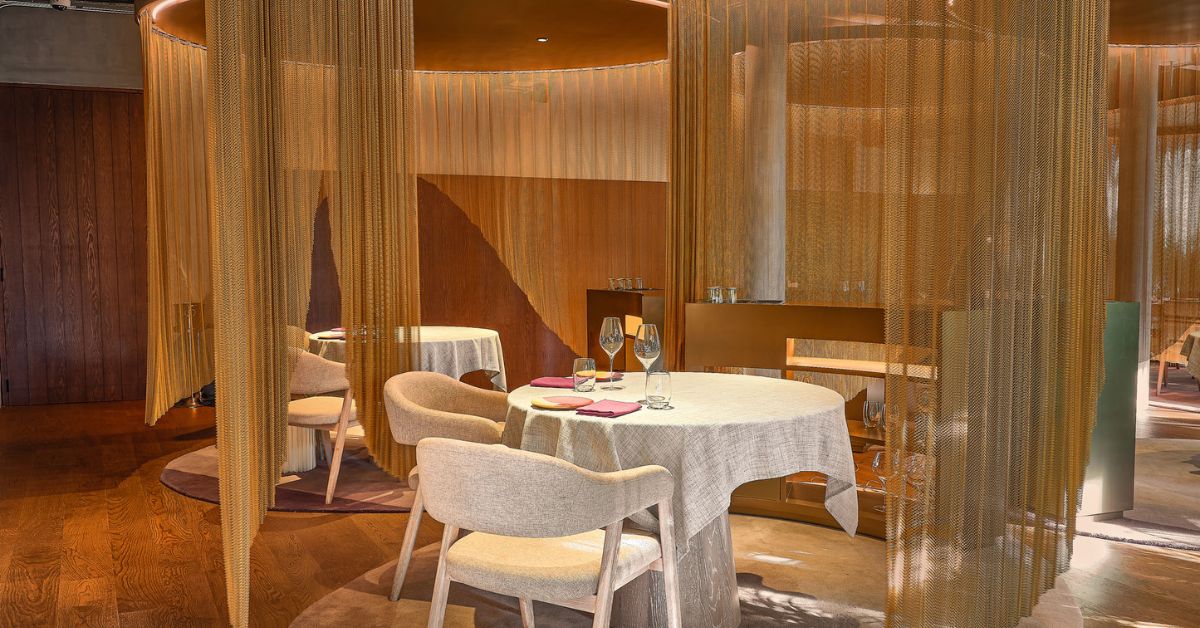
At this juncture, Chef Garima draws parallels with the baan ruen’s aesthetic and Gaa’s ideals. “The home’s exteriors are traditional, but as soon as you step in, you’ll see modern finishes. Even so, there is a minimalist approach to everything, just as in the food we serve.” She pauses, letting her words conjure an image in my mind’s eye. “I want to bring more of India into Thailand.”
I am intrigued by her destination of choice. But as she explains, “Thailand chose me. I had intended to head back to India from Copenhagen, but ended up spending months here.” The front-row seat to Thai culture contested the country’s stereotypical ‘party destination’ tag. She began to see how intricately Thai and Indian cultures borrowed from each other.
“The more I explored this link, the more I realised that Bangkok would be the perfect backdrop for us to start a restaurant,” she smiles. It’s been eight years since that ‘gut feeling’, and Chef Garima’s conviction has only grown.
This is reflected in the menu at Gaa. Whether it’s the Blue Swimmer Crab served with coconut milk spiked with grilled banana leaves in a refreshing take known as the ‘Summer Curry’, or the fried fish with kasundi (a pungent Bengali sauce made of mustard), or the dish labelled ‘corn’, which is actually a take on the classic bhutta, served with corn milk dip. Every item brings an avant-garde energy to the table.
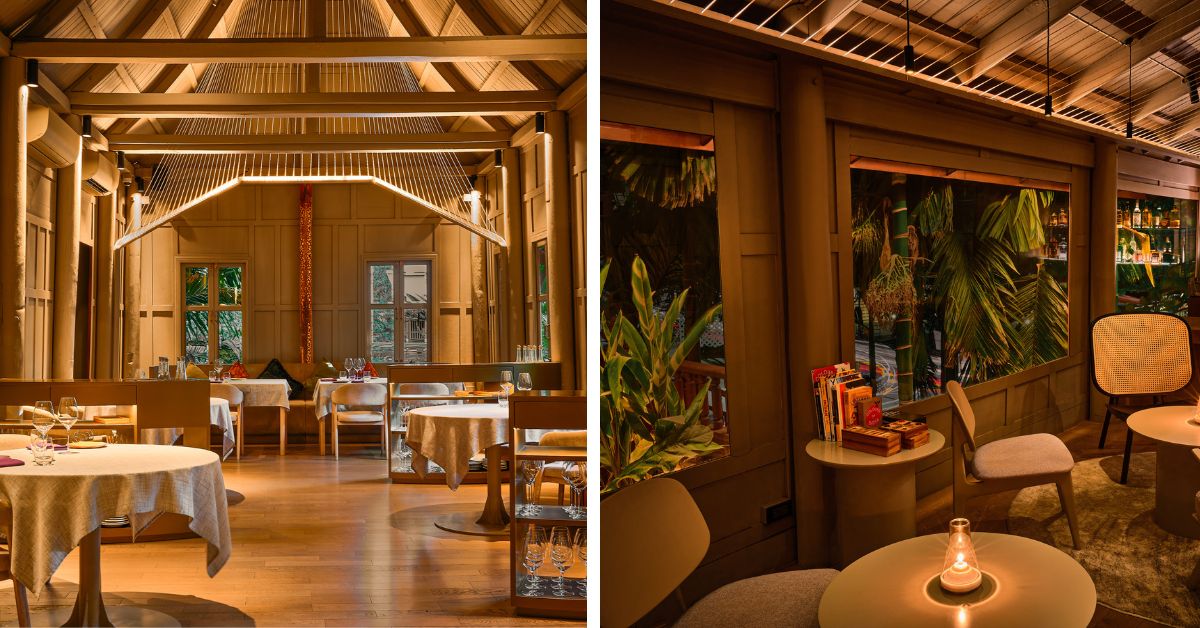
While the Gaa menu borrows from different corners of India, the coastal region of Malvan holds the team’s fancy. “The region is home to the Brahmin community. Brahmins are normally vegetarians, but since they live next to the coast, they’re pescatarians. They eat a lot of seafood, and they share the same biodiversity as coastal Thailand,” Chef Garima shares, illustrating the importance she lays on the genealogy of food.
Only once a dish can justify the ‘why’ of its feature on the menu is it allowed to make an appearance, she tells me. I can just about make out the traces of the journalist in her. Yes, unknown to many, Chef Garima pursued a degree in journalism before she decided food was her calling.
She credits the degree for her inquisitive nature towards food. “I have to know the ‘five Ws’ and ‘1 H’ of food — the who, what, when, where, why, and how. Whenever I cook a dish, my goal is to make sure the ingredients answer these questions.”
Meals inspired by palate profiles across India
Within seconds of the recess bell going off in Chef Garima’s school, dabbas (tiffin boxes) would appear almost out of thin air around her. “My friends were from different cultures across India, and their tiffins, too, would reflect that. The first time I ate poha (flattened rice), it was from a friend’s tiffin box,” she explains.
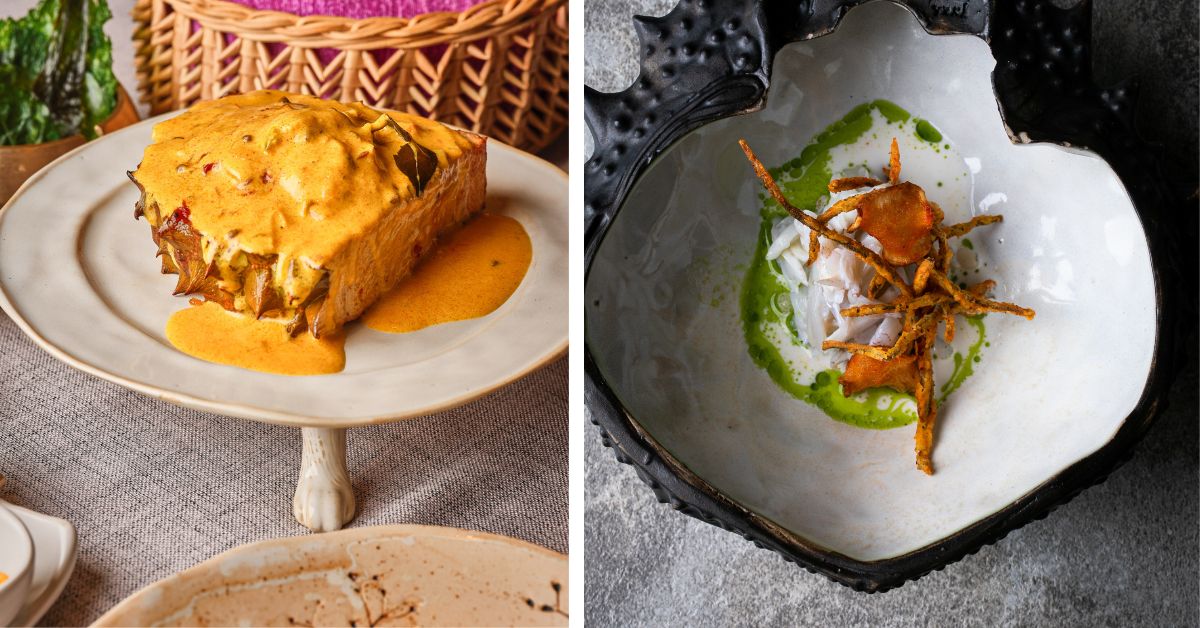
School days segued into college ones, where Chef Garima discovered the Pandora’s Box of South Indian eateries that lined the Matunga Road in Mumbai. As she recalls the neer dosa (crepe prepared with rice batter), and its accompanying golden coconut chutney served at Madras Cafe, there is a palpable sense of nostalgia in her voice.
These excursions also taught her how versatile Indian flavours are. Today, this lesson finds form in Gaa’s pumpkin kebabs, which perfectly mirror how Indian cuisine can exist even in the absence of native ingredients. The Thai renditions are created using “Thai garam masala (spiced mix) made using Thai spices, and marinated with cashew, and smoked tofu (bean curd)”. “It’s a testament to how strong our techniques are, and how deep-rooted our culinary history is,” she adds.
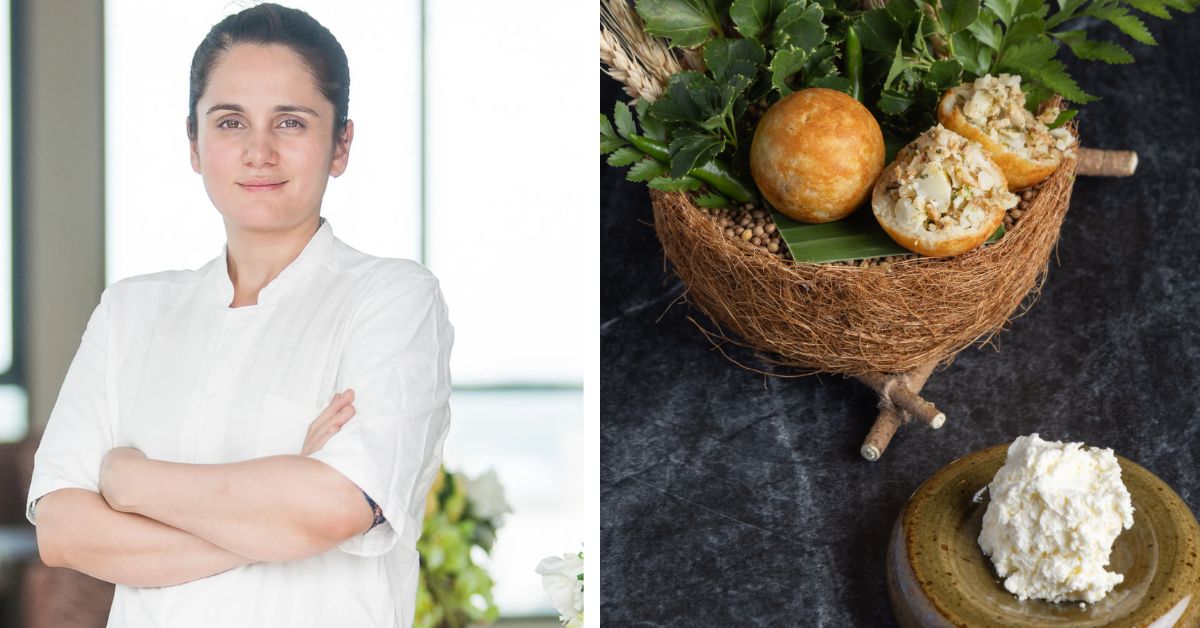
While intrepidity sometimes leads to interesting experiments, other times, it is the lack of compensating flavours that open doors to new worlds. A very hassled Chef Garima learnt this lesson while struggling to find a matching substitute for methi (fenugreek). “The bitterness of methi (fenugreek) is a really special flavour for me and when we couldn’t find it here, we began looking for alternatives. It led me to Thailand’s vast herb kingdom filled with fresh herbs that could mimic methi’s flavour profile so well.” Her food aesthetics are born out of this love to discover hidden flavour profiles.
Introducing India to Thai flavours
When Chef Garima isn’t being adventurous in the kitchen, she is kept on her toes by her son. Walking the tightrope between being a world-renowned chef and a full-time mom is a tricky balancing act. But she brings a finesse to it. When I credit her for this, she responds, “Women don’t need to be told that they can do everything. We already know we are capable. We have been doing it for years. It is the people around the woman who need to understand that support is integral. Most women stop pushing forward when that support system crumbles.”
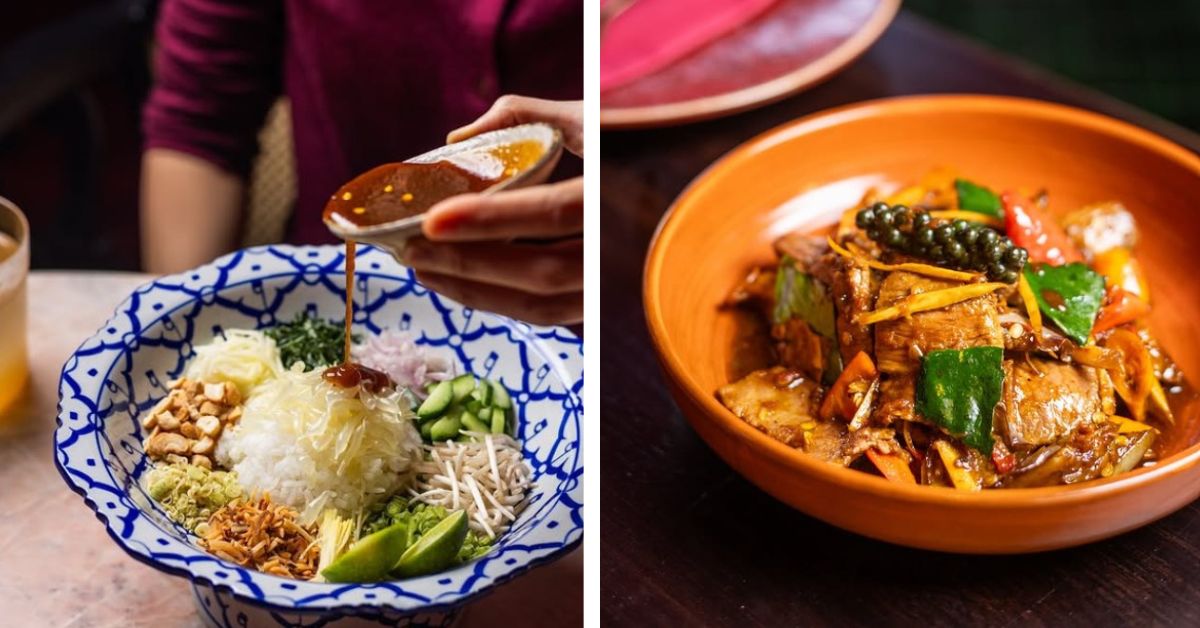
She pauses to name the elements of her support system that help her power through. These days especially, as Chef Garima is busy with her debut restaurant in India, ‘Banng’, in Gurugram. A flip to what she is doing in Gaa. ‘Banng’ is Chef Garima’s quest to bring a piece of Thailand to India. The menu is punctuated with a dramatic flourish of flavours right from chilled coconut broth to subtle white curries.
But now, for the secret to how she does it all. “Don’t say there isn’t one,” I say, urging her to finally reveal the superpower that she’s been hiding. “Well, every day I ask myself and my team what our goal is — are the accolades and awards the aim or do we want a full restaurant loved by guests who keep coming back because of what we have to offer? The secret lies in working towards the latter.”
Edited by Arunava Banerjee; Pictures source: Chef Garima Arora
No comments:
Post a Comment